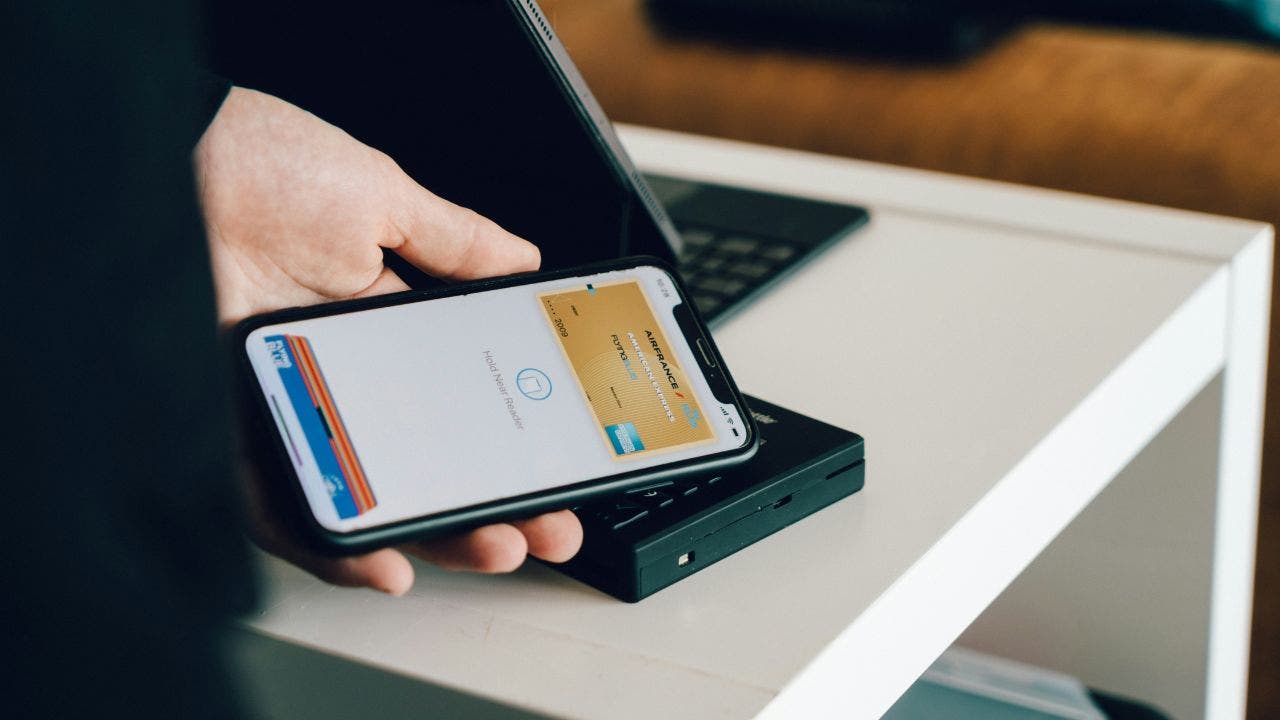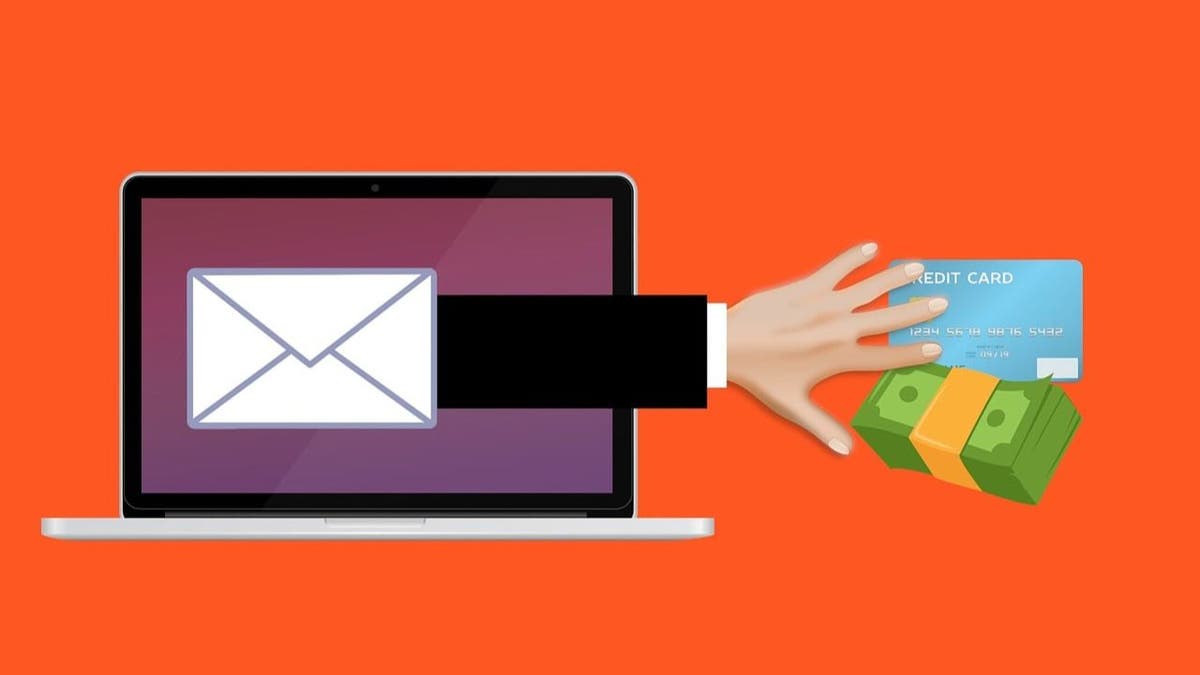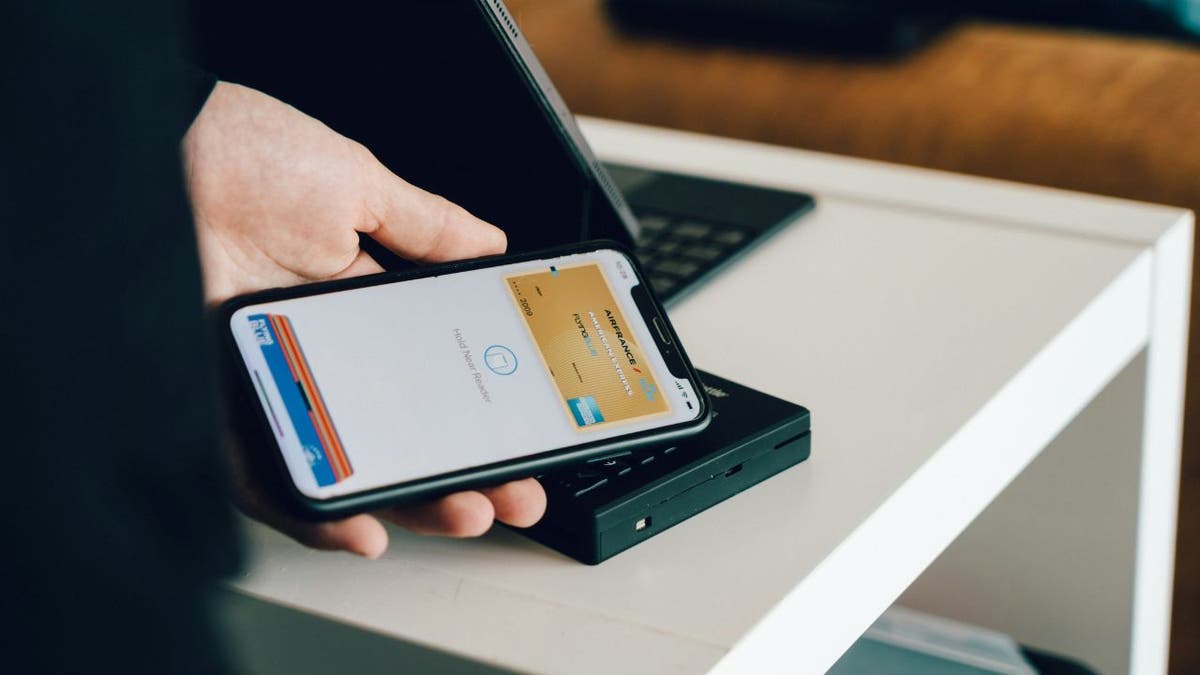
Imagine receiving a notification about suspicious charges on a credit card you haven’t even received yet. How could that happen?
While it sounds surprising and unsettling, it’s increasingly common due to the rise of digital credit card fraud. Criminals no longer need physical cards to make unauthorized transactions, thanks to methods such as data breaches, phishing schemes and card-not-present fraud.
Here’s how these schemes work and what steps you should take immediately to protect yourself.

Illustration of a crook stealing credit card info (Kurt “CyberGuy” Knutsson)
How it happens
Even if a new credit card hasn’t arrived yet, it may already be vulnerable. In many cases, the issue isn’t about the card being physically stolen but about someone gaining access to your information digitally. Criminals can exploit online account features, mobile wallets or leaked personal data to start using your card before you’ve even opened the envelope. Below are some of the most common ways this type of fraud happens.
1. Account takeover or access
If a scammer already has access to your account, either through stolen login credentials, a hacked email or malware, they can view the newly issued card number in the online dashboard or mobile app. Many credit card companies now allow instant access to digital card numbers for use in Apple Pay, Google Wallet or online purchases. This means that as soon as a new card is issued, it may be visible digitally before the physical card is even shipped. If a fraudster has access to your account, they can add the number to a digital wallet and begin spending before the envelope ever hits your mailbox.
2. Digital wallet hijack
Some card issuers allow you to add your credit card to mobile wallets instantly, even before the physical card arrives. While this feature is convenient, it can also expose you to specific security risks tied to mobile wallet activation. Criminals may exploit this process by using stolen personal information to bypass security checks and add your card to their own Apple Pay or Google Wallet accounts. They might pose as you to request a new card, intercept or reroute the digital activation process, or even start making fraudulent purchases immediately. This type of fraud can be hard to detect, especially if you’re not expecting a new card or if unauthorized charges blend in with legitimate transactions.

Illustration of someone using their digital wallet (Kurt “CyberGuy” Knutsson)
THIS IS HOW TO PROTECT YOUR CREDIT AND BANK CARDS FROM GETTING HACKED
3. Phishing or data breaches
Another common scenario involves your personal information being compromised in a phishing attack or large-scale data breach. Thieves use this stolen data, such as your name, Social Security number, address and security question answers, to impersonate you and gain access to your account dashboard or reset login credentials. Once inside, they can retrieve new card details directly from the source or request a replacement card. Phishing scams often trick victims into revealing sensitive information through fake emails or websites, while data breaches expose vast amounts of personal data that criminals can exploit for fraudulent activities.
4. Mail theft
Although charges made before a new credit card is received are rarely due to mail theft, this type of traditional fraud still poses a risk. Criminals may intercept your mail to steal sensitive documents, including credit cards, which can then be used for unauthorized purchases. To reduce this risk, avoid leaving important mail unattended in your mailbox. Consider using Informed Delivery by USPS to track incoming mail or request that your credit card be delivered to a secure location, such as a P.O. box or directly to your bank branch.
WHAT IS ARTIFICIAL INTELLIGENCE (AI)?

A person using their new credit card (Kurt “CyberGuy” Knutsson)
HOW CYBERSCAMS ARE DRAINING AMERICANS’ WALLETS BY THE BILLIONS
What to do immediately
If you find yourself in this situation where fraudulent charges appear on a card you haven’t received yet, take these steps right away.
1. Change login credentials: Update all login information with your bank or credit card company, including:
- New password
- Security questions
- PIN (if applicable)
If your account is linked to an email address that may also be compromised, update the password for that email account as well. Many fraudsters gain access by first hacking your email, which can give them entry to password-reset links and sensitive notifications. Consider using a password manager to generate and store complex passwords. Get more details about my best expert-reviewed password managers of 2025 here.
2. Use strong antivirus software: If spyware or a keylogger has been installed on your device, it can continue to steal sensitive data, such as passwords and personal information, even after you change your credentials. To protect yourself, install strong antivirus software on all your devices. Get my picks for the best 2025 antivirus protection winners for your Windows, Mac, Android and iOS devices.
3. Enable multifactor authentication (MFA): Add MFA to all accounts tied to your financial information. This adds an extra layer of security by requiring a second verification step (e.g., a code sent to your phone) before accessing sensitive accounts.
GET FOX BUSINESS ON THE GO BY CLICKING HERE
4. Use an identity theft protection service: Identity theft companies can monitor personal information like your Social Security number, phone number and email address and alert you if it is being sold on the dark web or being used to open an account. They can also assist you in freezing your bank and credit card accounts to prevent further unauthorized use by criminals. See my tips and best picks on how to protect yourself from identity theft.
5. Invest in personal data removal services: Consider using a personal data removal service to reduce your online exposure. These services continuously monitor and remove your sensitive information from data brokers and websites that could be exploited by criminals. This lowers the chances of your data being used in phishing scams or other fraudulent activities. While no service promises to remove all your data from the internet, having a removal service is great if you want to constantly monitor and automate the process of removing your information from hundreds of sites continuously over a longer period of time. Check out my top picks for data removal services here.
6. Ask your credit card company to investigate: Contact your credit card provider directly and request a full investigation. Ask if there was any suspicious account activity, such as a login from a new device, before the fraudulent charges occurred. They may be able to trace when and how your account was accessed. Most card issuers will reverse fraudulent charges and can reissue a new card with a different number.
7. Notify law enforcement: File a report with the Federal Trade Commission. If necessary, a police report should also be filed to document the fraud. This can be helpful for disputing charges and clearing your record.
DON’T LET THIS CREDIT CARD FRAUD NIGHTMARE HAPPEN TO YOU
Kurt’s key takeaways
So, we’ve uncovered how those sneaky credit card charges can surface even before you’ve held the card in your hands. It’s a reflection of the increasingly digital world we live in, where our personal information can be vulnerable in surprising ways. Remember, use strong antivirus software and consider a personal data removal service to minimize your online footprint. If you find yourself in this situation, act fast by changing your passwords, enabling multifactor authentication and reporting the issue to your card company.
CLICK HERE TO GET THE FOX NEWS APP
What’s the most unexpected way your personal info has been compromised, and what steps did you take to recover? Let us know by writing us at Cyberguy.com/Contact.
For more of my tech tips and security alerts, subscribe to my free CyberGuy Report Newsletter by heading to Cyberguy.com/Newsletter.
Ask Kurt a question or let us know what stories you’d like us to cover.
Follow Kurt on his social channels:
Answers to the most-asked CyberGuy questions:
New from Kurt:
Copyright 2025 CyberGuy.com. All rights reserved.



